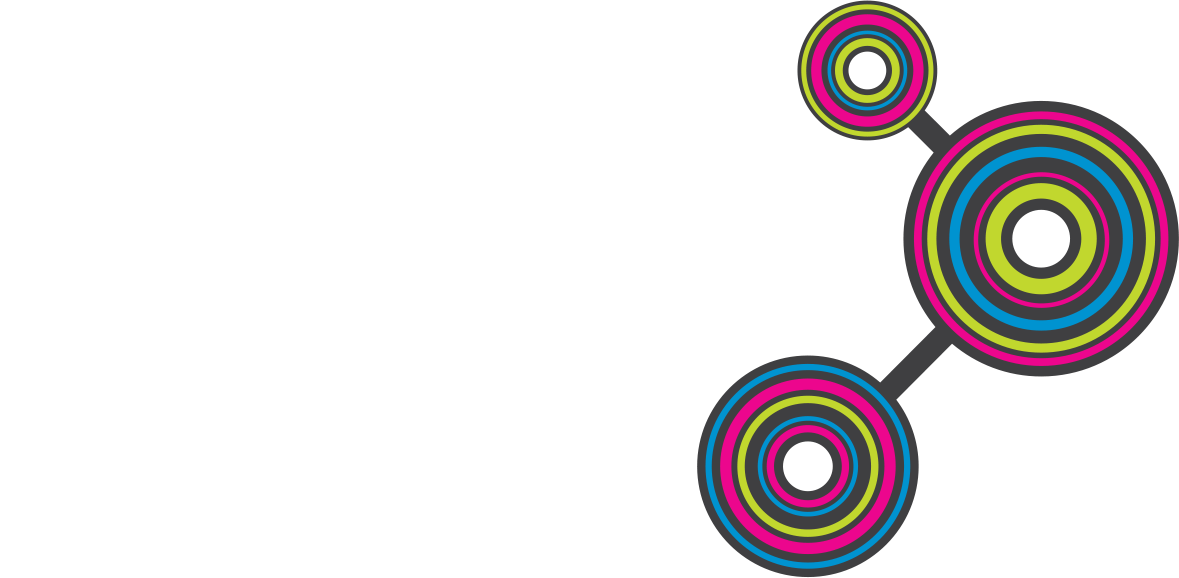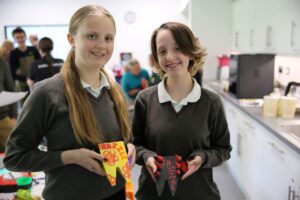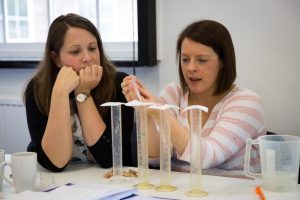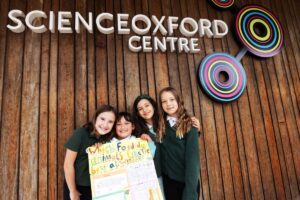G-Astronomy, robots and other exciting science!
Sunday 15th May 2016

Events Officer Rowena Fletcher – Wood visits the Imperial College London Science Festival and feasts on algae popcorn and g-Astronomy jelly..
The Imperial College London science festival aims to attract alumni and showcase research and was impressively big, with a 10-minute queue to get into the robot room! It would have been great to see the flying robots outdoors.
We weren’t the only ones taking advantage of the fantastic weather and plethora of free science – I heard several A level students interrogating researchers about what it was like to work at Imperial, or the NHS, or with an industry partner, and the researchers were very willing to talk.
I met many interesting people, including the What Does Biology Smell Like? team, who fed me on algae popcorn, spirulina soft drinks.
They described their exciting work engineering bacteria to produce hydrogen that might replace fossil fuels, as well as photosynthesising to lock up carbon dioxide and create algae biofuels.
And if we were passionate about proteins, they were making them on the next stall along – crystallising them over mere minutes from tiny droplets under the gaze of a microscope. This team was working to minimise the number of nucleation centres where the crystals begin to seed and grow from in order to make fewer, bigger crystals that could be examined under x-ray diffraction, the main way the structures of new or unknown proteins can be found out!
I also caught a glimpse of Imperial’s efforts to create superhumans. Engaging with the Sports Innovation Challenge, various undergraduates had designed and made technological add-ons for Paralympic athletes, including a bionic arm for a cyclist to help him drop down and sit up faster during races, saving valuable time.
 Of course, the g-Astronomy workshop went down well with everybody – literally, because this workshop involved eating and slurping alginate jelly models of the universe, and using little edible decorations to design pictures of the solar system. Because the Big Picture is best digested in chocolate form.
Of course, the g-Astronomy workshop went down well with everybody – literally, because this workshop involved eating and slurping alginate jelly models of the universe, and using little edible decorations to design pictures of the solar system. Because the Big Picture is best digested in chocolate form.
If you want to read more about the Imperial Science Festival activities, visit their website.



